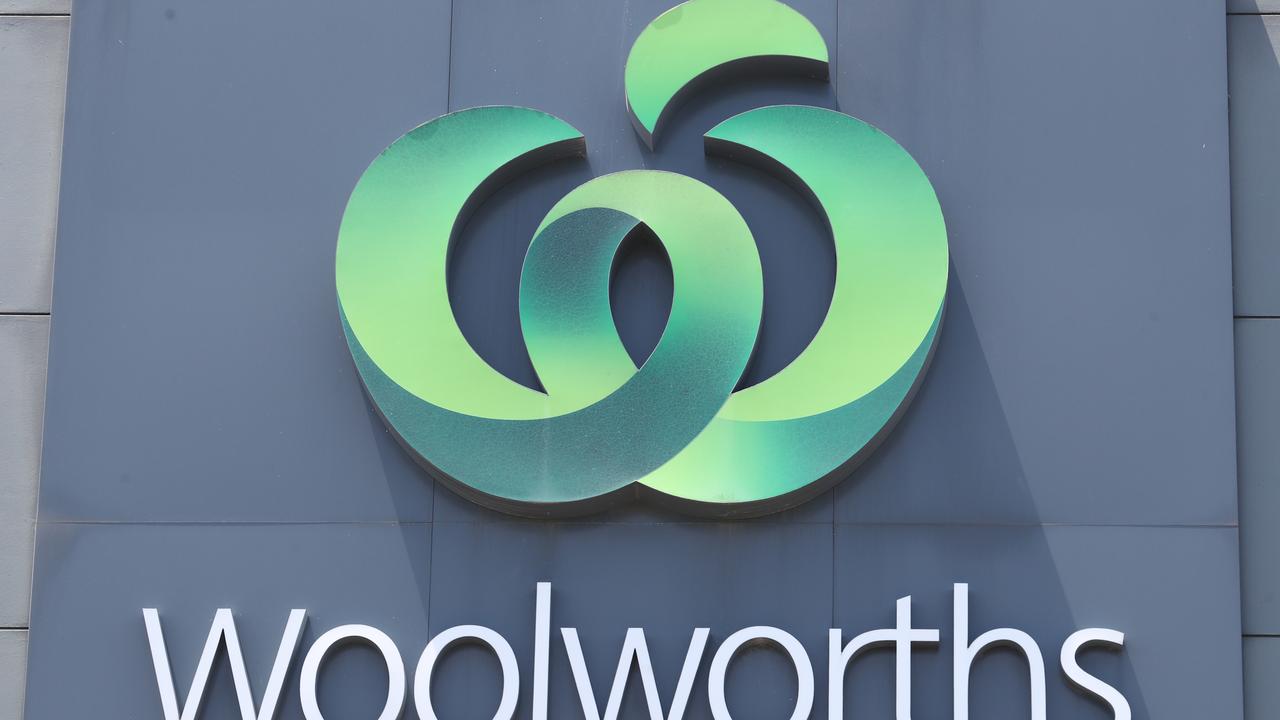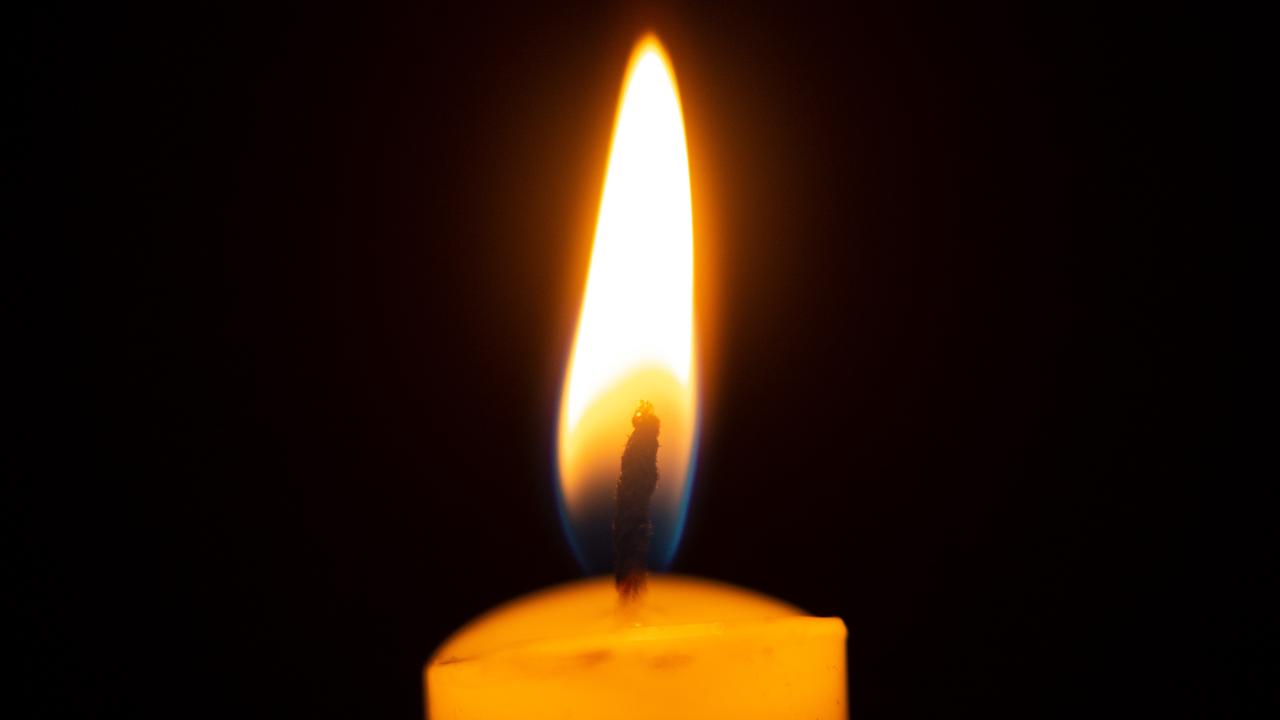The toll of the bloody battle of Krithia was greater than the Anzac Cove landing but is recalled by few
AS thousands commemorate the bloody beach landings at Anzac Cove, further along the peninsula there is a site of even greater horror that lies almost deserted.
AS thousands pour over the pebbles of Anzac Cove to commemorate the bloody beach landings 100 years ago, further along the peninsula there is a site of even greater unimaginable horror but the beaches are virtually deserted.
Cape Helles and the three battles for the tiny Turkish village of Krithia some 24km south of Anzac Cove on the tip of Gallipoli determined the destiny of the overall campaign and cost more Allied casualties than the famous other landing.

But historians say thanks to movies like Peter Weir’s 1981 Gallipoli starring Mel Gibson, that part of the peninsula and the naval battles never attract the attention they deserve and have largely been forgotten.
This is despite the more than 6500 casualties including many Anzacs that survived the April 25 cove landings only to be redeployed to the Krithia frontline and be cut down among the olive groves in a series of failed charges. There was also the support action from the Australian HMAS AE2 submarine that made it into the Dardanelle straits and sank a cruiser only to be sunk and its crew taken prisoner.
“The myth is the land campaign and the Anzac landings and to an extent Gallipoli is wholly overlooked in so far as much as it is remembered is shaped by the Peter Weir movie and if you stopped someone on the street they would say ‘yes that was the Australian battle they made a film about’,” strategic development executive and historian Nick Hewitt from the British National Museum of the Royal Navy said yesterday.
“That’s how it tends to be remembered so (Cape Helles) has kind of been forgotten for a long time and the naval component entirely so. People tend not to think how the army got there, how they were kept there, fed there, watered there, munitions and supplies brought there and how the injured were brought out and reinforcements in.”

The Gallipoli campaign was to have been just a naval one involving the whole of the service from submarines, ships — three of which were sunk in the Straits in those early weeks — naval surveillance aircraft and royal marines. But then it became a land battle with half a dozen disasterous beach landings and two clear battlefronts at Anzac Cove and Cape Helles, the later of which centred about Krithia.
“It becomes a pinch point that they keep throwing themselves at and there are actually three numbered Battles of Krithia and a number of other battles that go without names, everything comes down to this Turkish village, the whole campaign eventually centres about the battles for the village of Krithia.”
Sydney couple John and Judy Sherman yesterday did make the visit to Cape Helles with a local school teacher acting as guide Koray Oruc.

Mr Sherman, 64, said his great uncle Pte Godfrey Sherman died in the first wave at Anzac Cove but he was keen to learn about the whole peninsula campaign and how it was fought elsewhere.
Mr Oruc said tens of thousands of Turkish people visited the site each year since they began to formally teach the fact the battles waged on land and sea at this point swayed the fortunes of the campaign.
“Since 2000 many students come here in huge organised groups with government funded help for buses and tours,” he said.
“I know everyone talks about Anzacs over on the other end of the peninsula but this was the important battle not just for the campaign but for the future or our nation to go on to become a republic. The Turkish forces held the (allied) forces here at these beaches for 32 hours that gave time for reinforcements to come, had the towns been captured any sooner everything would have been different.”
The overlooked battles will be formally recognised in a series of ceremonies this week to be attended by Prince Charles, his son Prince Harry and Prime Minister Tony Abbott.
Originally published as The toll of the bloody battle of Krithia was greater than the Anzac Cove landing but is recalled by few


